Walking Is Booming—But Should Compression Socks Be Involved?
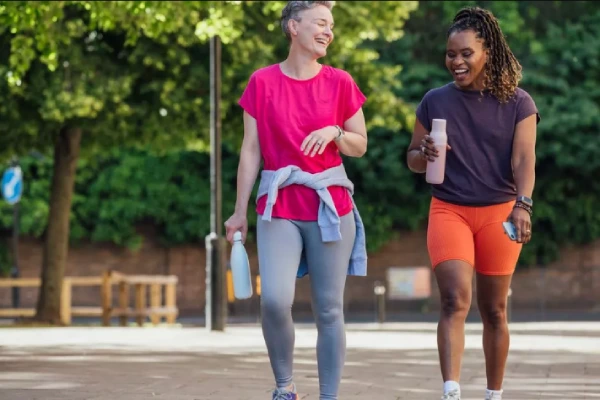
Walking is no longer just a fitness choice—it’s part of everyday life for commuters, healthcare workers, retail staff, and outdoor enthusiasts. As a result, compression socks for walking all day are gaining attention for their potential to relieve fatigue, improve circulation, and prevent swelling.
In fact, CDC data shows that walking is the most popular form of physical activity among adults in the U.S., with over 60% reporting they walk at least 10 minutes weekly. On a global scale, WHO reports highlight that walking remains one of the most accessible solutions to combat widespread inactivity.
So, should you wear compression socks while walking? Whether you’re a brand exploring product positioning or a retailer serving active customers, this article breaks down when, why, and how compression socks support walking comfort and performance—all backed by science and user demand.
Why Compression Socks Are No Longer Just for Athletes
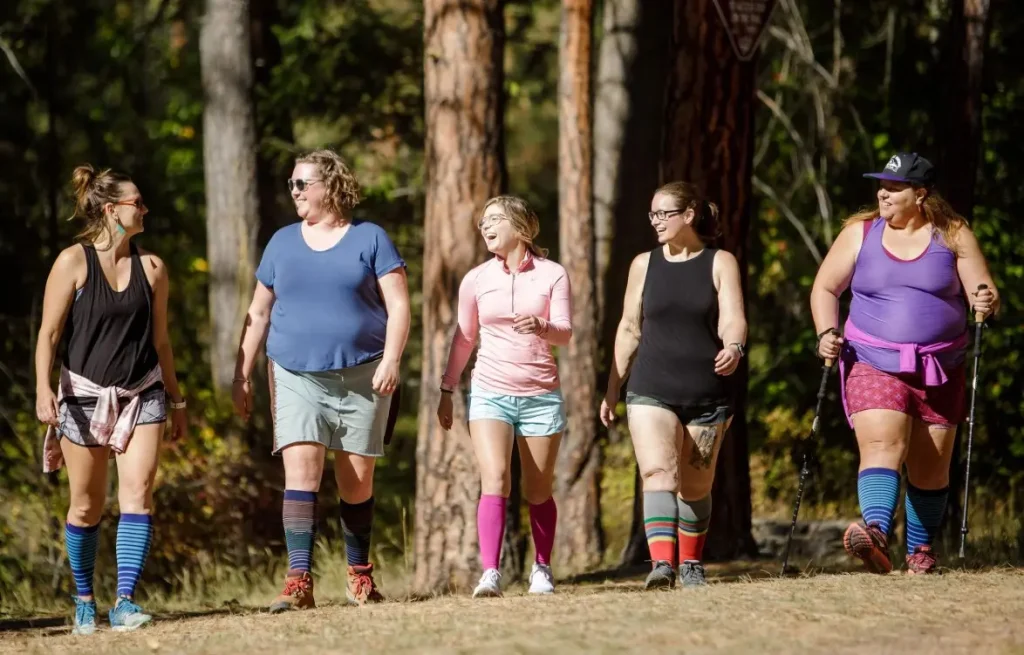
Compression socks were once seen as niche performance gear—worn by marathoners or people recovering from leg injuries. But today’s product landscape tells a different story: compression socks benefits are now reaching broader, everyday markets.
Whether it’s warehouse staff walking 10,000 steps a day, retail workers standing for hours, or delivery drivers doing long shifts, consumers are actively searching for socks to increase circulation and relieve fatigue. These customers aren’t looking to run faster—they just want their legs to last longer through the day.
According to the World Health Organization, physical inactivity is one of the top global health risks, and walking is among the most accessible ways to stay active. Compression socks support this by improving venous return, reducing swelling, and helping users stay on their feet longer—all with comfort in mind.
The rise of compression socks walking products reflects this shift. Brands are responding with designs focused not only on function, but also comfort, style, and seasonality—especially for people who walk not for sport, but as part of their work or lifestyle.
What Medical Experts and Real Users Are Saying
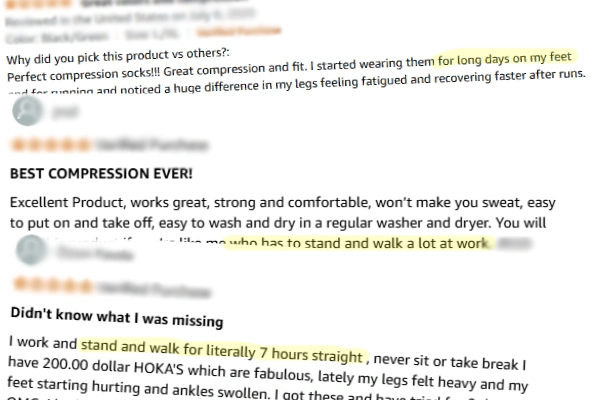
Compression socks use graduated pressure to improve blood flow and reduce leg fatigue. But do they really help during daily walking? Let’s check research and user feedback.
Medical Science Supports Better Circulation
Research from the National Institutes of Health (NIH) shows compression socks can reduce muscle soreness and swelling. The American College of Sports Medicine confirms they help reduce fatigue during long standing or walking.
Real Users Report Positive Results
Many workers—like nurses and delivery staff—say compression socks ease leg heaviness and swelling during long days. One Amazon reviewer shared:
“I wear compression socks for walking all day at work, and my legs feel less tired.”
Still, some users warn that poor fit or too-tight socks cause discomfort, highlighting the need for proper sizing.
Expert Advice Meets User Experience
Experts agree benefits depend on correct use. Proper fit and pressure matter for compression socks walking. Brands should guide customers to choose suitable socks for daily wear.
Who Should Wear Compression Socks While Walking—and Who Shouldn’t
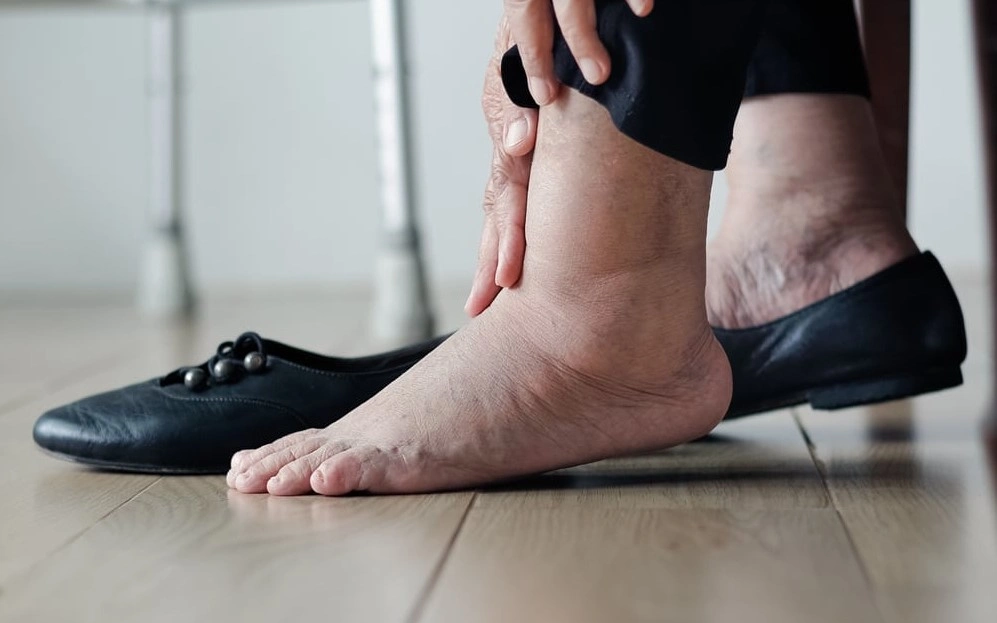
Suitable Groups for Walking Compression Socks
- Long-time walkers and standers: Retail workers, delivery staff, commuters, healthcare professionals often spend hours on their feet. Compression socks can reduce leg fatigue, swelling, and discomfort for these groups.
- Pregnant women: Pregnancy increases vein pressure and swelling risk. Compression socks provide gentle support to ease discomfort.
- Older adults: Circulation tends to decline with age, making compression socks useful for improving leg comfort during walking or standing.
Who Should Avoid or Use Cautiously
- Peripheral arterial disease (PAD) patients: Compression can worsen blood flow restriction.
- People with open wounds or skin infections: Risk of irritation or infection increase.
- Severe heart conditions: Compression may increase cardiac workload; medical advice needed.
Tip: How to Judge the Right Compression Level for You
Choosing the correct compression level is key to comfort and effectiveness. Too low, and the socks won’t provide enough support; too high, and they might cause discomfort or circulation issues.
If you’re unsure which compression level fits your needs, check out our detailed guide on how to judge the right compression level for you. It covers pressure ranges, symptoms to watch for, and tips for proper measurement.
Business Perspective: How Brands Can Sell Compression Socks for Walking
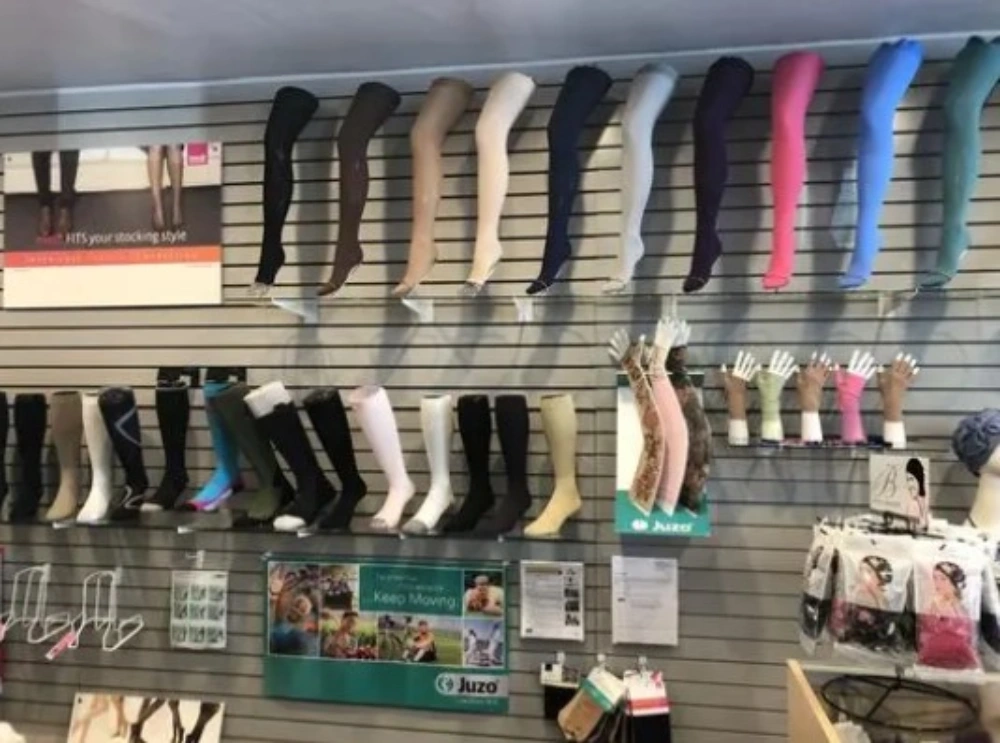
- Develop Comfortable, Functional Products
Prioritize moderate compression levels (15-20 mmHg) that offer real support without restricting movement. Use moisture-wicking and breathable fabrics to keep feet dry and comfortable during long walks. - Offer Variety for Different Users
Create different styles and sizes to suit office workers, retail staff, and casual walkers. This includes knee-high and crew lengths, as well as options for wider calves. - Educate Customers Clearly
Use packaging, website content, and marketing to explain how compression socks improve circulation and reduce fatigue during walking. Share simple usage tips and real user feedback to build trust.
FAQs
Should you wear compression socks while walking long distances?
Yes. Wearing compression socks while walking long distances can help reduce leg fatigue, support circulation, and prevent swelling—especially if you’re walking over 5 miles or on uneven terrain.
What are the benefits of compression socks for walking all day?
Compression socks for walking all day help reduce muscle soreness, improve blood flow, and support your calves and ankles during prolonged activity. They’re especially helpful for retail workers, commuters, and active individuals.
What kind of socks help increase circulation during daily walks?
Look for socks to increase circulation that offer graduated compression (typically 15–20 mmHg for walking). Breathable and moisture-wicking materials enhance comfort during everyday use.
Which are the best compression socks for casual walking?
The best compression socks for casual walking combine moderate compression with features like arch support, seamless toes, and breathable fabric. Choose knee-high or crew length depending on your walking routine and footwear.
Are compression socks good for standing and walking all day?
Absolutely. Compression socks are ideal for people who stand and walk all day, as they help fight gravity-related swelling and promote continuous blood flow. They’re widely used by teachers, healthcare workers, and warehouse staff.
Are Compression Socks Worth It for Daily Walking and Long Distances?

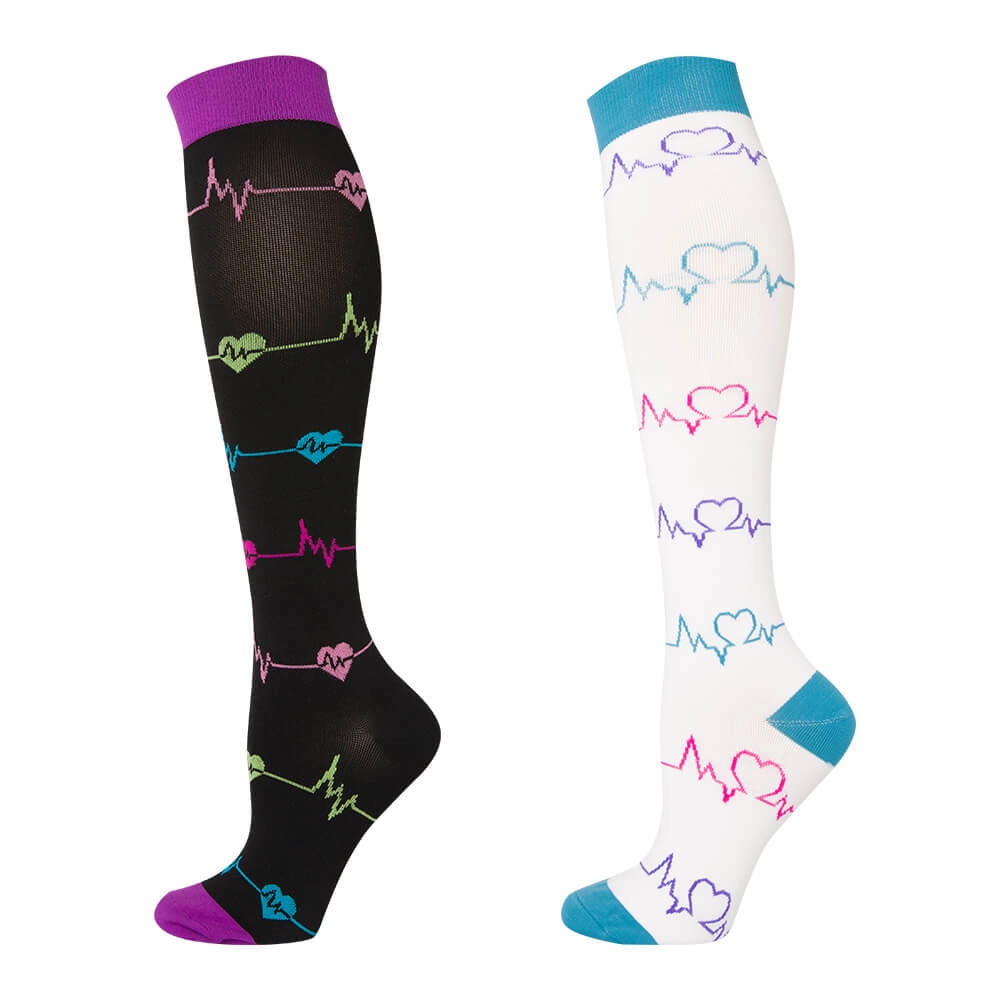

Compression socks for walking are gaining popularity as more people seek comfort and circulation support during daily activities. For brands, this segment offers a cost-effective way to meet real consumer needs and build lasting loyalty.
If your brand focuses on quality, fit, and clear education, compression socks can become a reliable product line with steady demand.
Ready to expand your product range with high-demand compression socks? Contact us today to explore custom options tailored for walking and all-day wear.
Related Articles You May Find Helpful:
How Long to Wear Compression Socks
Learn the optimal daily wearing time to get the best benefits from compression socks.
Are compression socks supposed to be tight?
Discover the best occasions and timing for wearing compression socks for active lifestyles.
What Not to Do While Wearing Compression Socks?
Avoid common mistakes that can reduce the effectiveness of compression socks.
How to Measure for Compression Stockings
A step-by-step guide to accurately measure your legs for the perfect fit.
How to Put On Compression Socks
Easy instructions to help you wear compression socks comfortably and correctly.
